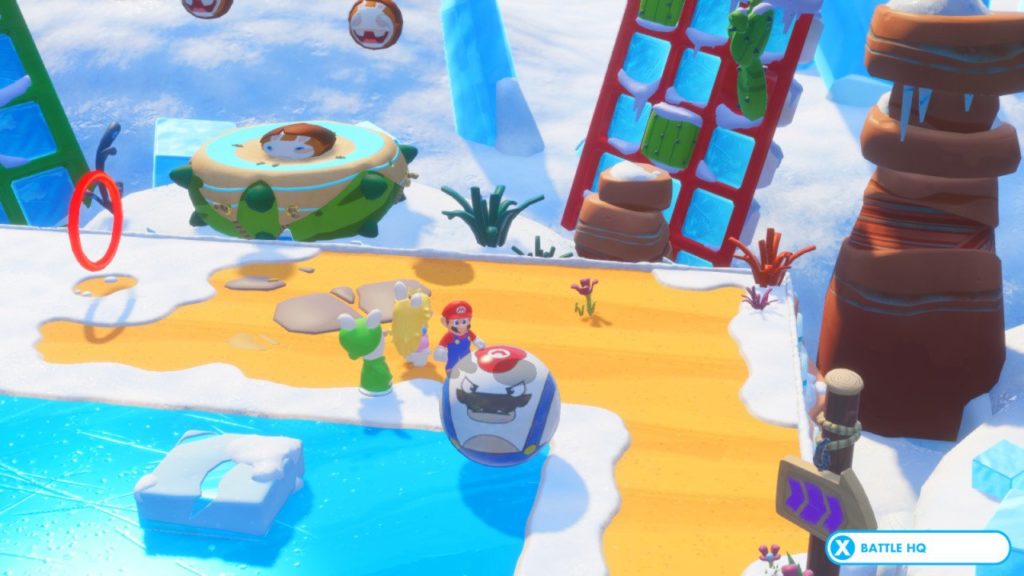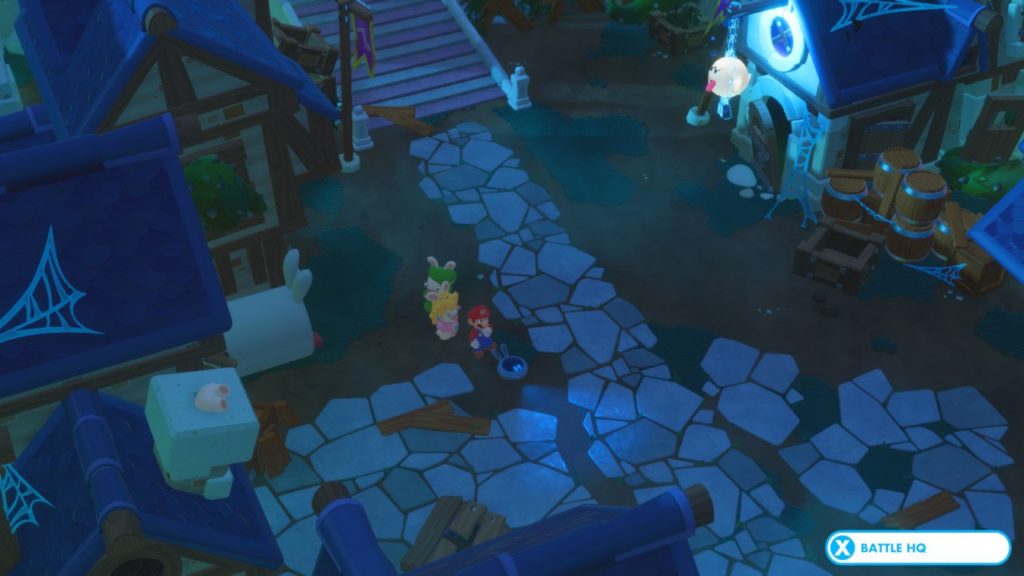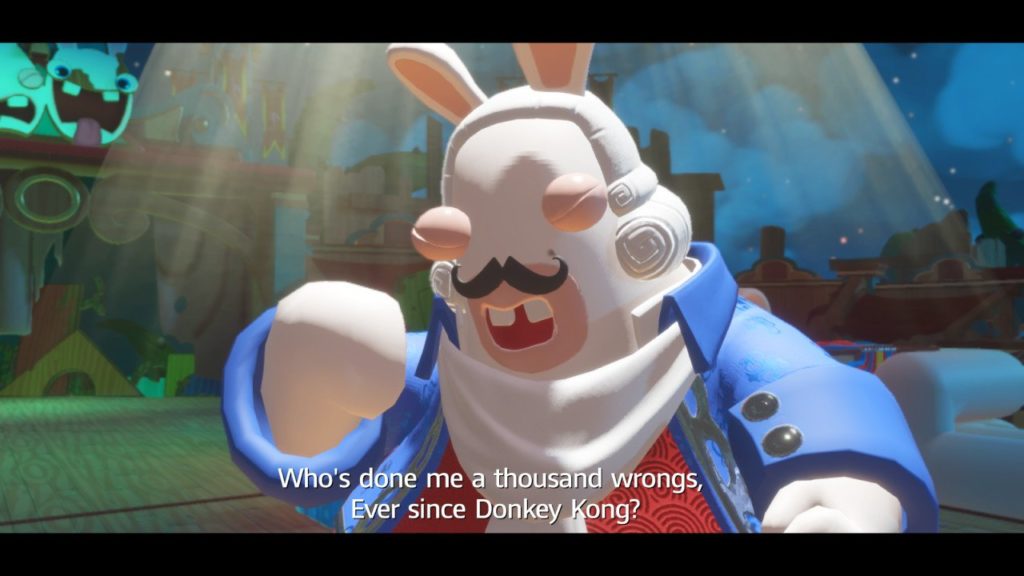- Genre: Tactical RPG
- Platform: Switch
I’ve got a bit of a history with the Fire Emblem series. Ya I’ve played a bunch of them, and ya I’ve been playing the more recent entries in the series. However, the bigger problem for me is that I was on the QA team for Fire Emblem: Shadow Dragon on the DS. QA at Nintendo was one of my first jobs in the game industry while I was in college, and getting a summer assignment like Fire Emblem sounded great until it was 40 hours a week, finishing the game every day on repeat. The outcome of all that is that I got really fucking good at Fire Emblem games, and I really hate permanent death.
It’s not that I have anything particularly against permadeath; it just doesn’t feel like it pushes the gameplay in a good direction. My strategies start to revolve around slow pushes, exploiting weapon and terrain strengths, and really playing overly cautious. It’s slow, it’s boring, and it’s not a good experience. Because of my gameplay push, I miss the consequence of death and probably to some extent miss out on the stress that it causes as well. So give me Fire Emblem games without it like the past few? Hell ya I’m down for that.
Three Houses continues the push in the last few to really modernize the series. Permadeath is optional, which is nice, but it’s not the only thing that really feels fresh. This game comes with a lot more to do in between combat, giving a lot more depth to characters, the world, and the relationships you build. The weapon advantage triangle also felt a lot less present, which on the surface sounds weird, but ends up giving me a lot more flexibility in battle. While it’s taken a lot of years, this is the one that finally feels like it’s pushed me back over the edge from casual enjoyment to really wanting to see every piece of this series.
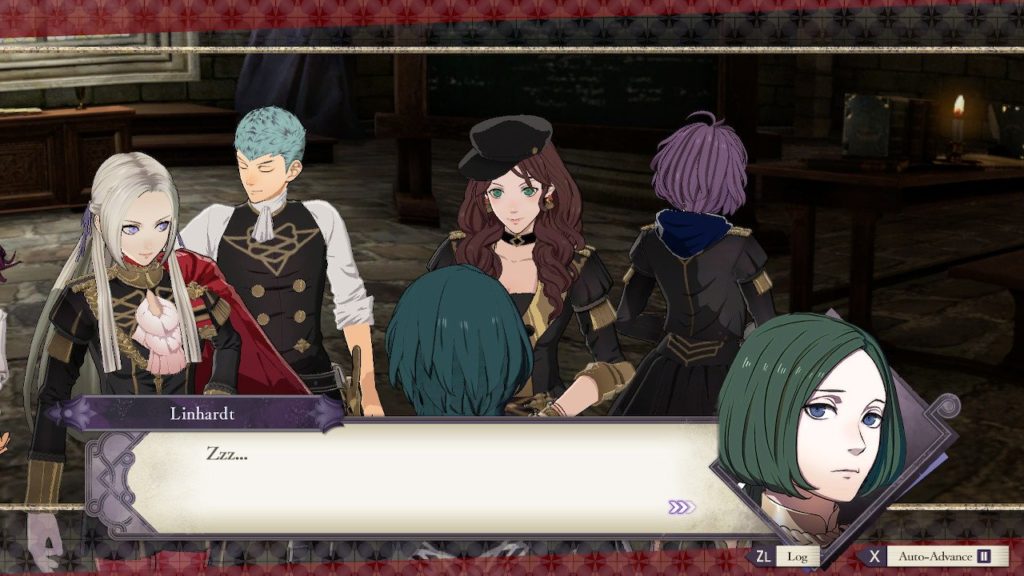
I think it’s important to start outside of combat, because it becomes important to the way I play the game. The super high level of the game is that you are a professor in a military school, you pick a house of students to teach, and you are in charge of their growth. You can basically make any character any class in a much more flexible way than normal for FE. Want to hybridize your mages to also provide healing? There’s classes for that. Want to make a dual spec archer swordsman? By all means. Want to concentrate purely on axe work to become some axe wielding badass? Have a ball. The freedom to steer your party basically meant two things to me – I could pick the characters I liked for my interactions with them instead of what their combat use was, and I could steer their growth in a way that fit how I wanted combat to play out.
The school aspects are also where you become attached to characters. In between story combat, you interact with the entire school and start to learn about all the characters, whether it’s the people they’ve got conflicts with, the potential love interests they share, what their likes and dislikes and in some cases some fears are. It provides a ton of depth to the characters in a way that doesn’t feel forced.
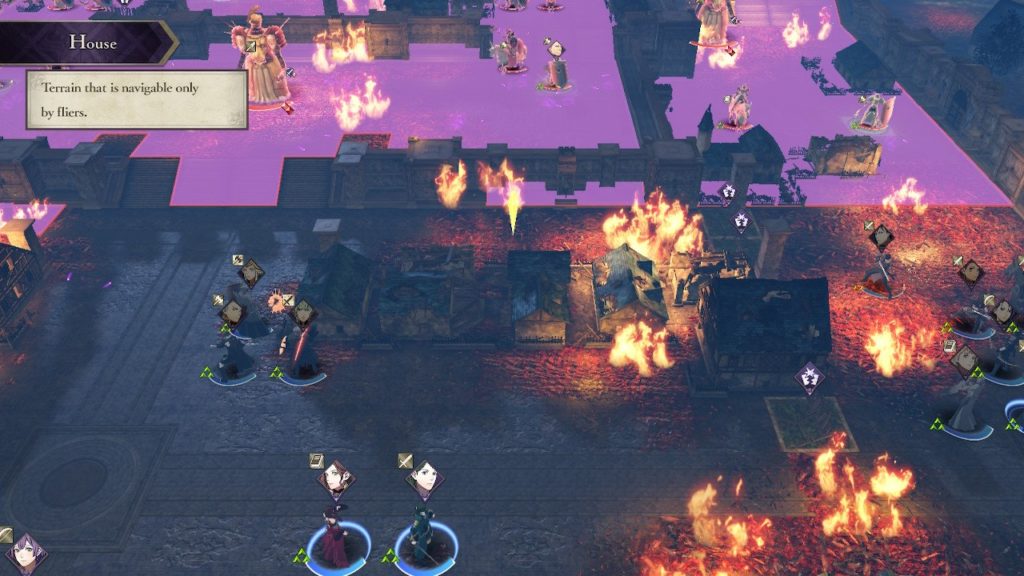
On the surface, the combat of FETH is going to look familiar. It’s still a TRPG grid, the weapon advantage triangle is still in place, basic magic and movement types of past games are still there, but this kind of feels like FE+. However, the flexibility of my party build throws a lot of this on its head. If I’ve got a dual-spec archer/swordsman, lance flyers are no longer a big worry for me. Having some magic skills scattered around means armored enemies are less of a danger. Adding some healing abilities to a few characters allows me to play more aggressively, instead of having to carry extra dedicated healers.
Not having to play with permadeath also really pushes this. In past FE games I would never go into a skirmish unless I had a near 100% certainty of being able to kill the group of enemies I was going after. Now? Let’s go after it. Does it make me play like a moron at times? Hell ya it does, and I’d have it no other way.
This game also brings in a bunch of much tougher 2×2 and 3×3 grid space enemies with some interesting mechanics. The player characters have Gambit attacks, which are effectively mini group attacks. Against smaller enemies, they’re just kinda convenient to use at times in the event they have some secondary effect. Against the larger enemies though? They provide both built-in stuns and aggro draws. Against enemies that may take 6-8 people to kill, these add a ton of flexibility to my toolbox in action. I can draw aggro to people I know won’t die. I can stun the enemy, then go in for high damage with low defense characters, since they will now not take return damage.
Overall, all of these things provided a lot of new depth to the series combat. It all fits into a state of feeling familiar, but deeper, and I suspect it hits a really good mark for both new and old players.
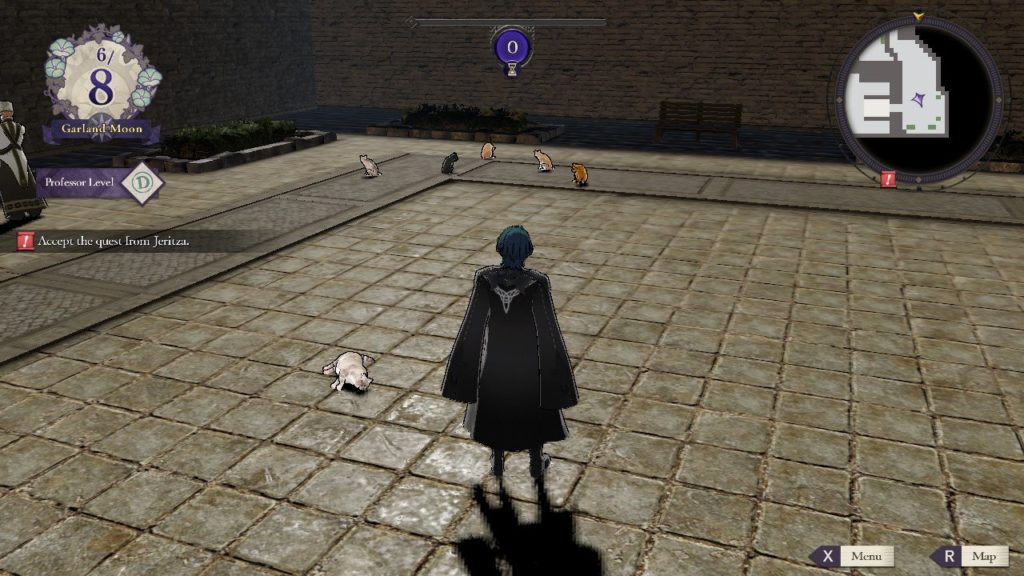
If there’s one thing that really surprised me coming out of all this, it’s that I really cared about the characters I met along the way. Ya it’s natural to become somewhat attached to the squad you create, but there’s a level of attachment that I got to people I didn’t recruit that really made the second half of the game memorable. The mix of Persona-style interaction and traditional Fire Emblem combat has been done so well that I can’t believe it’s taken them this long to go full in. The 3DS titles started moving in this direction, particularly with the relationships, but Three Houses has brought it to a spectacularly higher new level.
There’s not much else I can really say here other than go play it. It’s taken me a long time to get back to a point where I could beat a Fire Emblem game – I definitely played some of Awakening and Fates, but never finished them – but I’m glad it’s finally happened. It says a lot about the game that I can not wait to see where the story goes when the season pass story content comes out some time next year. This series really has pushed into a new era with both story and gameplay refinements that leave this game in a place of being familiar but refreshed, and I can’t think of any TRPG that I would recommend over this one in the past few years.
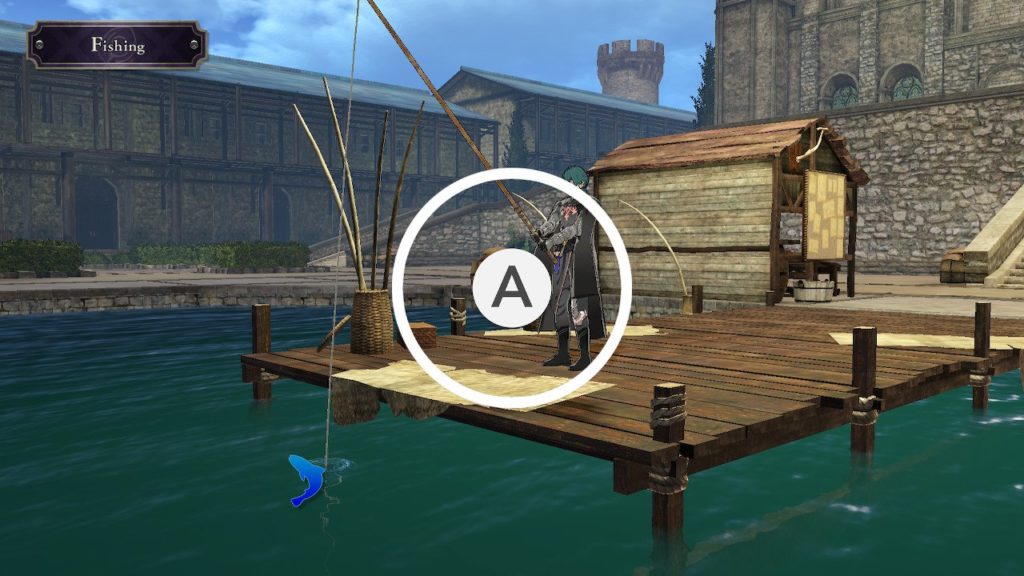
Also it has fishing. 11/10 GOTY again.


